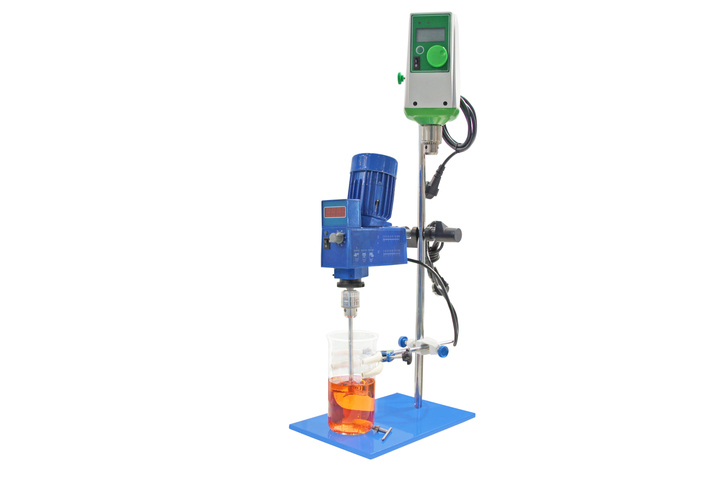Rotor-Stator Homogenizers for Labs & Research Use
22nd Jul 2025
Rotor-Stator Homogenizers: The Go-To Tool for Reliable Sample Prep
Rotor-Stator Homogenizers represent the reliable instrument which delivers uniform high-quality sample processing solutions.

What Are Rotor-Stator Homogenizers And Why Do They Matter?
Sample preparation stands as a vital step for all laboratory operations in biotechnology as well as pharmaceutical and chemical fields. Your entire workflow depends on accurate prep. Rotor-stator homogenizers provide an efficient reliable solution for your needs. These high performance devices function to break down samples, mix , and emulsify them with speed and precision which results in consistent repeatable outcomes.
How They Work: A Simplified Overview
Rotor-stator homogenizers function through a high-speed rotor that draws the sample into a fixed stator. As the sample is forced through the narrow gap between the two, it is broken down into fine, uniform particles.
This mechanism is ideal for:
- Cell disruption to extract DNA, RNA, or proteins
- Emulsifying immiscible liquids (e.g., oil and water)
- Reducing particle size in formulations for better stability and absorption
Compared to alternatives like ultrasonic or bead homogenizers, rotor-stator systems offer:
- Faster processing times
- Minimal heat generation (preserving sample integrity)
- Lower contamination risk
Think of them as laboratory grade blenders that are more precise, efficient, and designed for scientific applications.
Applications Across Industries
Rotor-stator homogenizers are valued across a wide range of scientific and industrial settings due to their versatility and performance:
Biotechnology & Life Sciences
- Tissue and cell homogenization for molecular biology
- Preparation of uniform suspensions for cytometry
- Protein extraction for enzyme and proteomics research
Pharmaceuticals
- Formulating and stabilizing emulsions, creams, and suspensions
- Homogenizing APIs (active pharmaceutical ingredients)
- Development of nanoemulsions and drug delivery systems
Analytical Chemistry
- Preparing consistent samples for chromatography or spectroscopy
- Dispersing solids into solvents
- Enhancing solubility and uniformity in test compounds
Academic and Industrial Labs
- Creating experimental solutions for teaching or research
- Developing and testing custom reagents
- Scaling production with reliable batch-to-batch consistency
Rotor-stator homogenizers prove essential in every scientific environment because they deliver the accuracy and reliability which scientific standards require.
Key Considerations
When selecting a rotor-stator homogenizer, it’s important to evaluate several factors based on your specific application:
Sample Volume
- Small-scale (microliters to milliliters) for laboratory use
- Large-scale (liters) for pilot or production-scale operations
Sample Type and Viscosity
- Biological tissues, viscous slurries, or polymers may require different power levels or probe designs
Speed and Shear Control
- Adjustable RPMs allow for fine-tuning based on sample sensitivity and desired particle size
Form Factor and Integration
- Handheld units for flexible, quick-use applications
- Benchtop or automated systems for high-throughput and continuous processing
Durability and Maintenance
- Stainless steel probes provide chemical resistance
- Easy-to-clean, modular components support regular maintenance and sterilization
Consider long-term support as well, like the availability of spare parts, ease of user training, and whether the supplier offers documentation and technical assistance when needed.
In scientific and industrial settings, speed, precision, and reproducibility are essential. Rotor-stator homogenizers deliver on all three fronts. Whether you’re working with delicate biological samples or robust industrial formulations, these systems provide consistent performance with minimal sample degradation or loss.
The widespread use of these systems in academic research and pharmaceutical manufacturing operations establishes them as durable investments. The use of rotor-stator homogenizers minimizes variability while shortening processing times and protecting sample integrity which enables laboratories to operate more efficiently while achieving dependable results.
